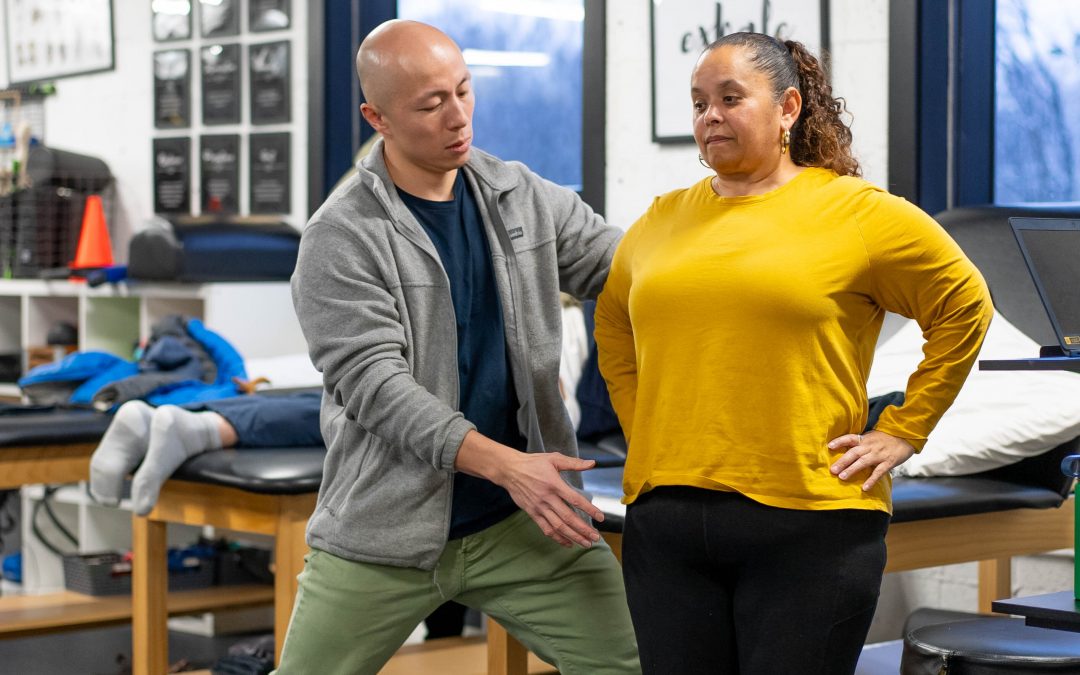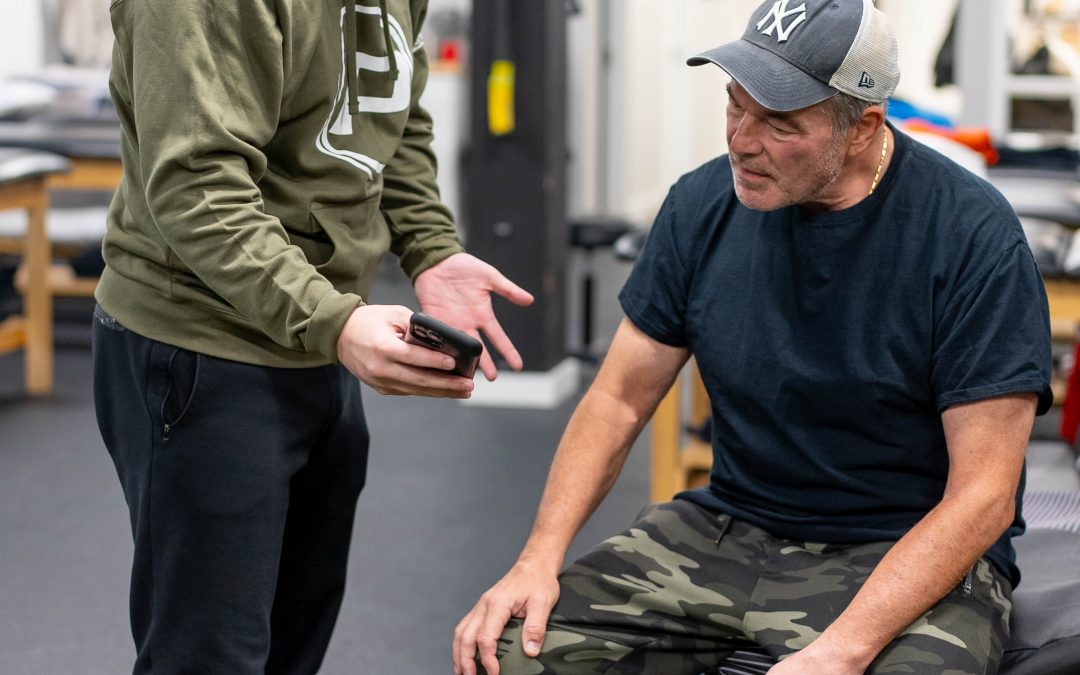In the realm of medical education, an all-too-familiar illustration depicts a hand hastily retracting from a flame—a rudimentary symbol of pain’s immediate, protective role. Yet, as neuroscientist Patrick Wall argues in his book, “The Science of Suffering,” this image barely scratches the surface of pain’s true complexity. Wall poignantly criticizes this oversimplification, stating, “…we spend a few seconds in our entire lifetime successfully withdrawing from a threatening stimulus. Unfortunately, we spend days and months in pain during our lifetime, none of which is explained by that silly diagram.”
Shortcomings of Traditional Pain Models
It is hard to overlook his apparent reference to the different types of pain that we often put ourselves through intentionally- like those associated with poor relationships and unexpressed feelings- but it is important for us to view his critique in this case as an invite to question the efficacy of traditional pain models. The hand-over-fire analogy, while illustrative of pain’s reflexive protective mechanism, fails to encapsulate the chronic, enduring pain that afflicts millions. This oversight not only narrows our understanding but also limits the scope of compassionate care we can provide to people suffering from chronic pain.
The Reality of Chronic Pain
 Chronic pain, a pervasive and often debilitating condition, transcends the mere physical response to immediate harm. It involves complex interactions between physical injury, emotional stress, and psychological factors—elements that the simplistic fire analogy cannot hope to represent. In fact, in using the analogy one last time, with chronic pain it is as if someone is holding our hand over the fire outside of our control, sometimes constantly, sometimes intermittently. This type of pain, which often lacks a visible, structural cause, or has lingered for so long after an initial injury or event that a clear treatment path, challenges both sufferers and healthcare providers.
Chronic pain, a pervasive and often debilitating condition, transcends the mere physical response to immediate harm. It involves complex interactions between physical injury, emotional stress, and psychological factors—elements that the simplistic fire analogy cannot hope to represent. In fact, in using the analogy one last time, with chronic pain it is as if someone is holding our hand over the fire outside of our control, sometimes constantly, sometimes intermittently. This type of pain, which often lacks a visible, structural cause, or has lingered for so long after an initial injury or event that a clear treatment path, challenges both sufferers and healthcare providers.
Modern Understanding of Pain
Advancements in neuroscience and psychology have ushered in a more sophisticated understanding of pain. We now know that pain is a protection mechanism stemming from the Fight-or-Flight response of our nervous system and is created by our experiences in our brains. For some people and for some reasons, involving the intricate interplay between biology, psychology, and social environment in the experience of pain, the protective pain just doesn’t shut off. We must take a holistic approach as practitioners, clinicians and physicians and consider the brain’s central role in processing and modulating pain signals, which offering us new avenues for treatment that go beyond unnecessary surgery and addictive pain medications.
Implications for Treatment and Management
Armed with this understanding, medical professionals are now exploring interdisciplinary approaches to pain management. From cognitive-behavioral therapy, which addresses the psychological aspects of pain, to mindfulness practices to improve resiliency, and the most significant breakthrough in the history of chronic pain ever! Physical Therapy- aimed at enhancing bodily awareness, reducing physical stressors, and making small changes that yield big results. These strategies not only alleviate physical discomfort but also empower individuals to navigate their pain with greater agency and resilience.

Call to Action
Patrick Wall’s and others like him who have challenged and critiqued a simplistic depiction of pain has challenged us all to deepen our understanding of the intricate processes that play a role in chronic pain and to have more compassion towards the millions who endure it. The real problem? Most people out there suffering from chronic pain don’t even know that physical therapy can help, or they may have “tried PT” in the past. At ProMet, we put our egos aside and are present with you, asking tough questions, getting to know your experiences, and listening to understand, so that we can meet you where you are in life and work together to create a future where you feel good and reach for your full potential. It all starts with the first call and the first conversation.
If you or someone you know has been suffering from chronic pain, please share this with them. Let’s foster a community of support, understanding, and shared knowledge about the power of physical therapy in addressing the chronic pain epidemic facing millions today. If you are sick see your doctor, if you are in pain, come see us. Call us today and get started on your journey!
By: Ryan Martin, DPT
Cited: Wall, P. (2000). Pain: The science of suffering. Columbia University Press.




